
Sand fleas are quite dangerous parasites, in some places of their range creating a serious problem for local health care. Unlike their other biological relatives, they not only bite and suck blood, but can bite into the skin and lead to the development of a serious disease that doctors call sarcopsillosis.
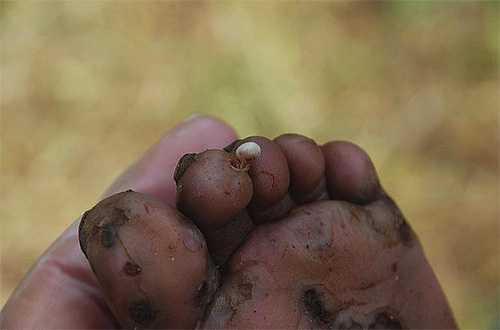
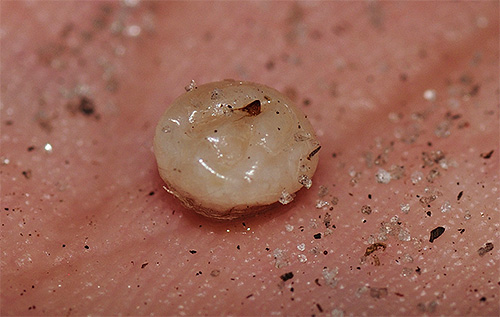
However, it should be noted that in Thailand and Vietnam, the cases of bites by holidaymakers on the beach are more often associated not with fleas, but with other blood-sucking and simply biting insects, which tourists collectively call fleas. The fact is that sandy fleas are rare in Vietnam and Thailand, and they cannot produce multiple bites described on the forums. Therefore, when planning a trip to Southeast Asia, you should be well acquainted with the so-called “sand fleas” and insects,with whom they can be confused.
Feedback
“Fleas nibbled me only in Vietnam and only on some beaches. In general, they have seasonality, in October they are the most. In Thailand, they bit a few times on the beach, but they were midges. They are ephemeral, usually not even scurrying near the sea, but near all sorts of ponds. ”
Olga, Moscow
What sandy fleas look like: detailed photos
The sandy flea is a small parasitic insect, a relative of the common for Russia cat and rat fleas. Its body length is about 1-2 mm, and its width is 1 mm. The insect does not have wings and does not know how to fly, but it also jumps very well and can move 30-35 mm in one jump.
Juveniles of sandy fleas have a dark brown color of the integuments, they are shiny and rather solid - it is almost impossible to crush an insect with your finger (see photo).
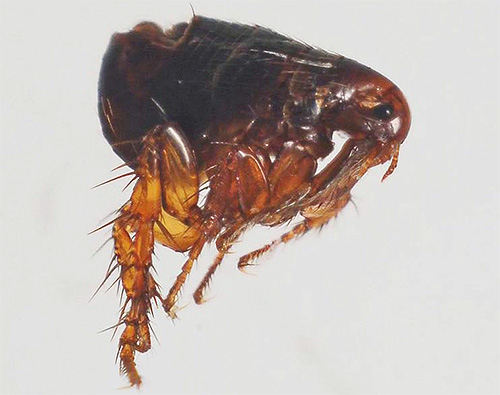
Sand flea larvae look like tiny white worms. Their body length is 3-4 mm, and they dwell in the grass, in the floors of village huts and in heaps of garbage.
Sand flea females differ significantly from males, as they prefer a more sophisticated way of feeding than simple bites (for more on this - see below).
Male sand flea bites are simple red spots on the body, painful for the first few hours and itchy for several days after their appearance.
On the photo are typical sand flea bites that will stop bothering a person in 3-4 days:
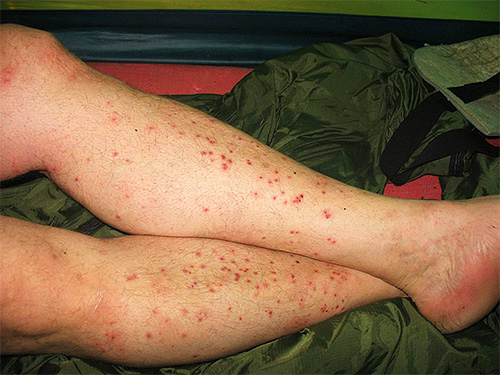
But females of sandy fleas, hitting a man, bite into the skin and so rest their paws on the tissue that it is extremely difficult to remove them from under the skin. Here the insect gets to the blood vessel and literally grows to it, constantly feeding on blood.
In her body, eggs begin to ripen — a few hundred — and from 2-3 mm the parasite increases to the size of a pea. Such a female has a little white body and is not able to move. When the eggs mature, she shoots them out of the oviduct, and her body itself somewhat subsides and shrinks. Sometimes after this the flea leaves the wound.
The photo below shows a sand flea female drenched in blood and removed from the body.
person, as well as the bite site itself:


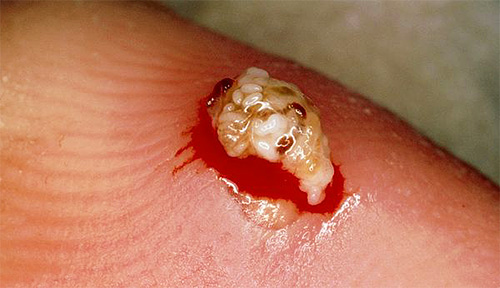
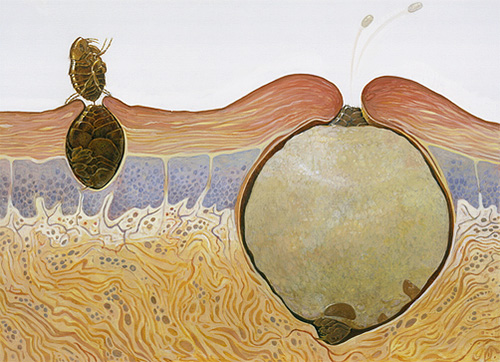
Feedback
“I thundered into the hospital with malaria. Next to me was a guy lying, a peasant of some kind, he had about six fleas out of his legs pulled out, such white and fatty ones. The doctor said that if the festering of the finger had started, he could have fallen off.He also formulated it like self-amputations. ”
Oleg, Cheboksary
After penetration of an insect under the skin, a person experiences severe pain, the tissues around the sandy flea tear and inflame. Most often, insects affect the feet of people who walk without shoes, less often - back, thighs, buttocks and hands. The most common place of parasite penetration is under the nails. An ulcer may form at the site of introduction, and when infected with a secondary infection, a generalized disease may begin.
Below the photo shows examples of human infection with a sand flea:
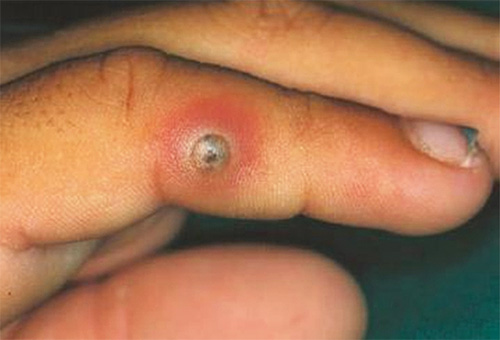
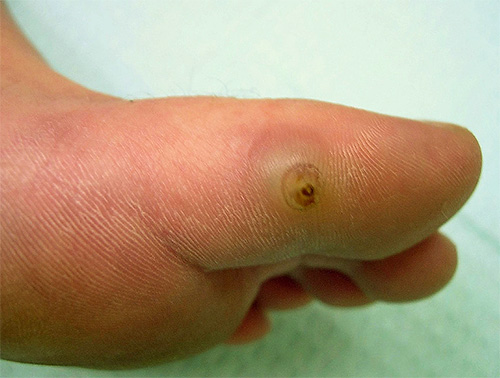
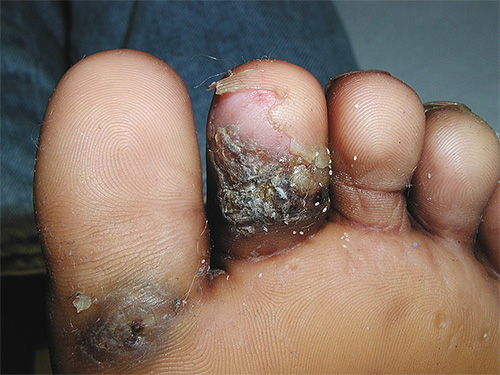
Considering that among the Russian tourists in Thailand and Vietnam there were practically no people who were infected by sand fleas in a similar way, it can be concluded that this name is often referred to as very different insects.
Where dwell and how to bite sand fleas
Sandy fleas live in almost all tropical countries, but most of them in the Caribbean - in Cuba and Jamaica, in Trinidad and the Dominican Republic - and in Africa.
Sand fleas are rare in Thailand, they are more numerous in India. Sand fleas in Vietnam are somewhat more common, but even here tourists are hardly impressed, as they are found mainly in rural areas and slums of large cities.
In those areas where sandy fleas are common, they are found almost everywhere: on the ground, under stones, in the floors of dwellings, in bedding for animals on farms, on beaches, under trees. They can parasitize on a large number of animals - from rats and rabbits to cats, dogs, goats and humans, and therefore almost everywhere they find a victim.
Feedback
“Here in Tobago, fleas have bitten me once. As I remember, I tremble. Not on the beach, but in the forest, on the bank of the river. There was such a magnificent beach with white sand that I bathed and lay down to rest. I woke up from them - they gnawed, probably, 20 pieces at a time. Then these all bites were so itchy that I left the rest leave, like lousy. Two fleas under the skin climbed and began to dig up there. The pain was terrible. They were cut out in the hospital, they were told that I should not swim in the forest anymore. ”
Igor, Kiev

But if it happens that sand fleas are bitten, treatment should begin immediately.
How to treat flea bites in Thailand and Vietnam
Usually a special treatment for flea bites not required, but only on condition that the insect does not penetrate the skin.
- Itching is removed with any anesthetic cream. Yellow Balm is very popular in Southeast Asia.
- In the case of suspicious swelling at the site of the bite should go to the hospital. Perhaps the parasite settled under the skin. If this is just a reaction to the bite, swelling can be removed with Fenistil Gel or Compound Dexamethasone Acetate Cream.
- In case of severe allergic reaction with a rash and fever, you should contact the clinic and start taking antihistamines.

Getting rid of sandy fleas that have penetrated the skin is difficult. Some try to self-extract the parasite with a needle or knife, but it is better to contact the clinic. The fact is that the flea itself is in close proximity to a blood vessel, and if you accidentally crush it, the contents of the insect can get into the blood.
Usually if on the beach began to bite fleasit makes sense to move to the next. In Vietnam, Indonesia and Thailand, hotel owners are aware of the problem of parasites on the beaches and regularly sift sand there. Therefore, fleas often bite on the wild areas.
With whom sandy fleas can be confused (and often confused)
But it is in Thailand and Vietnam that they take insects for sandy fleas, which are generally not related to these parasites. For example:
- Midges and mosquitoes.Some midges are so fast that when they fly off the surface of the body, it is difficult to notice them, but they leave bites like those that are very similar to flea.
- Ants that bite on occasional crawling on the body and pressing down, for example, with a hand.
- Ticks. They can drink blood for a very long time and almost always painlessly, but they leave behind big, painful bumps.
- Bedbugs, but only in the most uncomfortable hotels and bungalows. Bedbugs leave multiple bite marks, but never cause cones to grow.
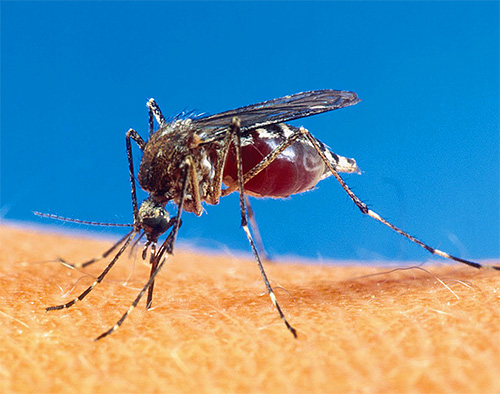
Usually sandy fleas bite the rest only by the feet. To check the upper part of the feet and calves can be smeared with a thick layer of cream, and the insect-parasite in it gets stuck. After it can be considered and find out what kind of view.
Security measures: what to do to prevent fleas from eating on the beach?
On the well-groomed and clean beaches of hotels in Vietnam and Thailand, fleas are not to be particularly wary of - they are actively fighting with them here.
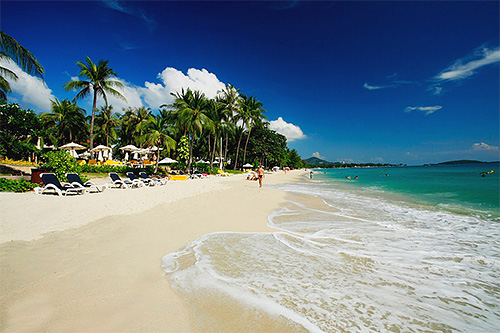
But if you want to tickle your nerves (and legs) on a wild beach or in the forest, but do not become a victim of fleas and other parasites, you should:
- Get dressed Desirable - in pants, shirt with long sleeves and socks. On a neck it is good to tie a scarf.
- Spray the legs, arms and neck with repellent with a high content of DEET.
- Avoid moving in areas of high grass.
- Try not to step in puddles.

When sunbathing on the beach with the first bites should move to the place lit by the sun. Fleas, and other parasites, prefer to stay in the shade of trees and usually do not get out in the sun. They are also not touched in seawater.
Enjoy your holiday!
In the video - sand flea bites (or Chigoe Flea). Frames not for the faint of heart
How to properly handle insect bites

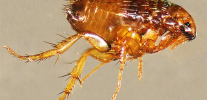
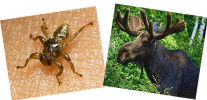
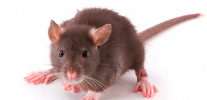
This is some kind of nightmare! It’s good to live where there is always summer, but what a disgusting thing it doesn’t live!
Looks like, not only we want to live, where there is always summer.
Cool! Great site, interesting materials!
These terrible creatures 0_§
I never thought, but it was in Nyachang in April 2017 that the female sand flea bit me. Remove the flea surgically.
Husband bit these creatures in Vietnam. He was treated for six months.
Irina, good afternoon! And how were you treated? Similar problem. Returned from Nha Trang bitten.
I wanted to go with a friend to China, but now I would never go. I am allergic to mosquito bites, and I’ll die from their fleas.
Were in Thailand and Vietnam. Yes, I felt some tingling when I was sitting right on the sand, but, thank God, that was all. There was no inflammation or scabies.
Two days ago, we returned with our family from Vietnam, rested in the Fakhtiet area. Bite me hard and spouse. They complained to the hotel administration, we were right there in the spa, treated with some herbs, gave an ointment, vitamins, apologized greatly. But itching, itching, just hard, and still. The hotel is very good, the beaches are clean, but bitten as we had a lot! Before that, we had a rest in Nyachang for two years in a row, there was nothing, and in Cuba there were also no problems! This is the first time such an ambush. And what else is interesting - the children are not bitten. Locals say they do not bite everyone.
Good evening. We rested in December 17, now it's March, and I have the same bite spot, still itching is impossible ((I am a dermatologist myself. I tried all the methods, but nothing helps. I was desperate.
Returned from Vietnam, rested in Fahet and Nha Trang. Returned with otitis. The first thing I did was go to the doctor, the doctor prescribed drops and said to come in a week to wash the sulfuric plug, if the deafness (symptoms) did not pass. I came a week later, my ear was washed and some beetle fell out! I understand now that this was just a sand flea. This, of course, tin. I hope she left me no offspring ...
We rest in Thailand with a grandson, he is 3 years old. Already regretted that I had gone. 2 more weeks. I don't know who. Looks like mosquito bites. More belly and chest were covered with spots, like prickly heat. Improved child, called ...